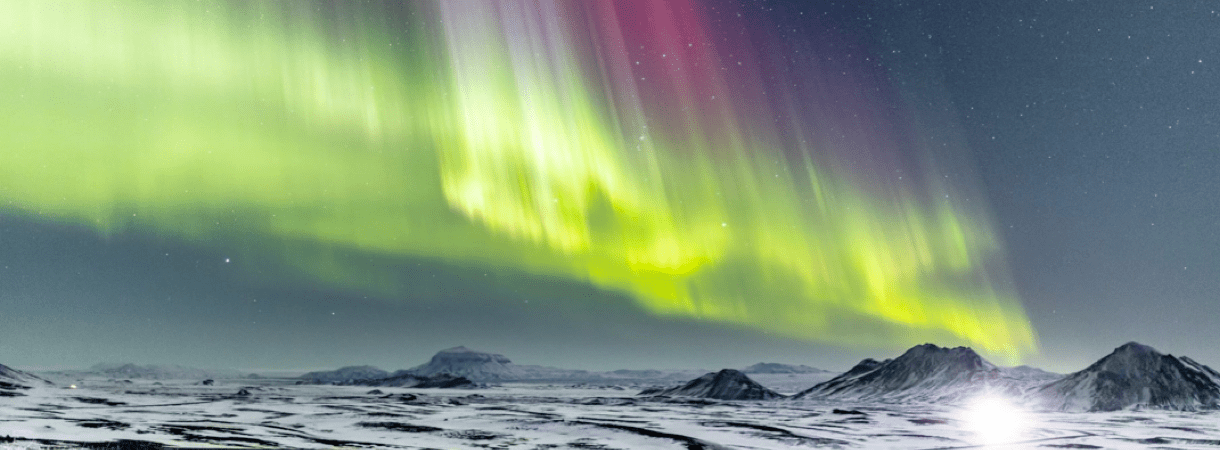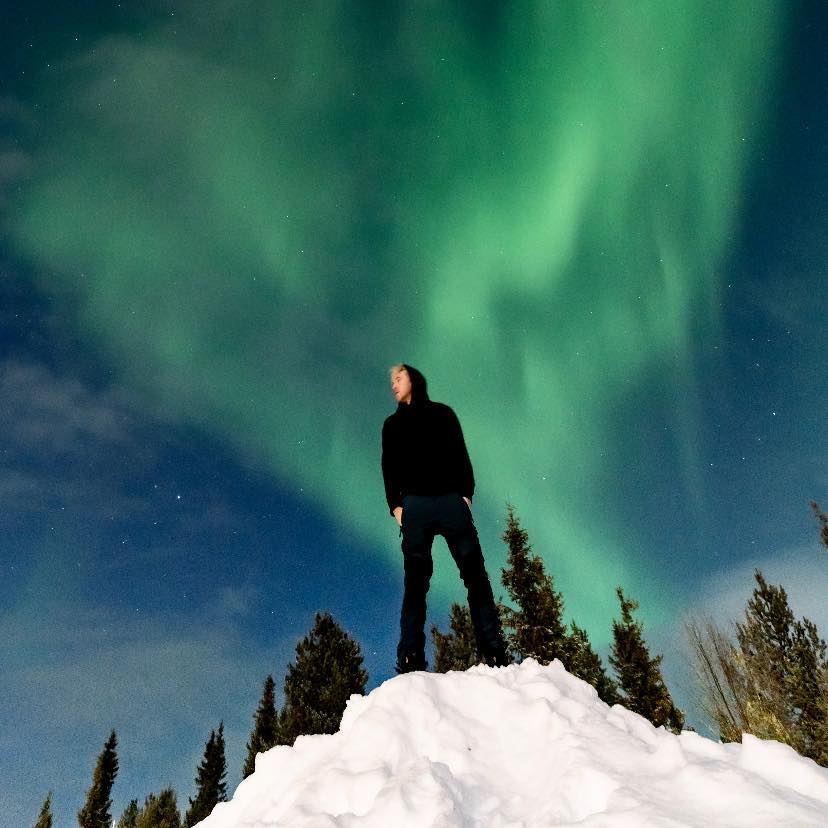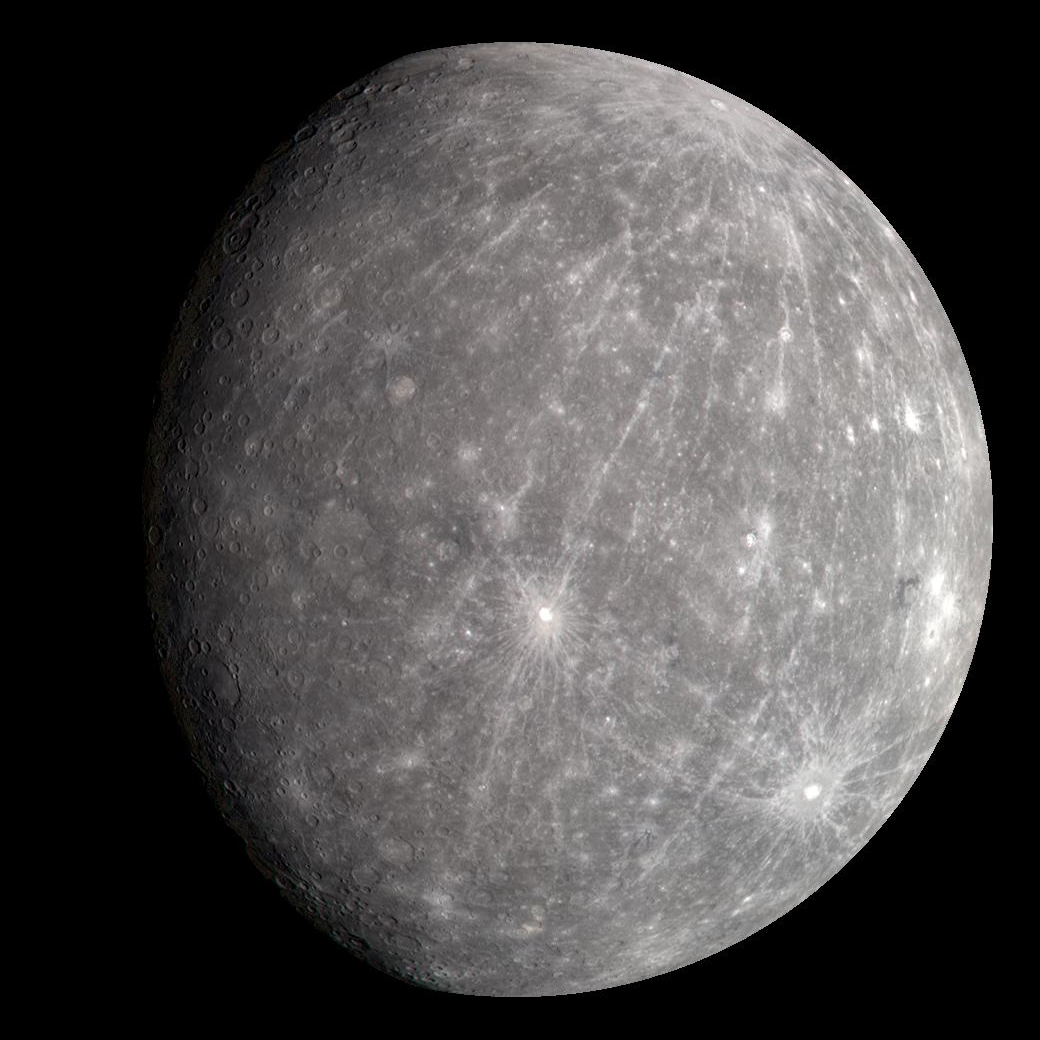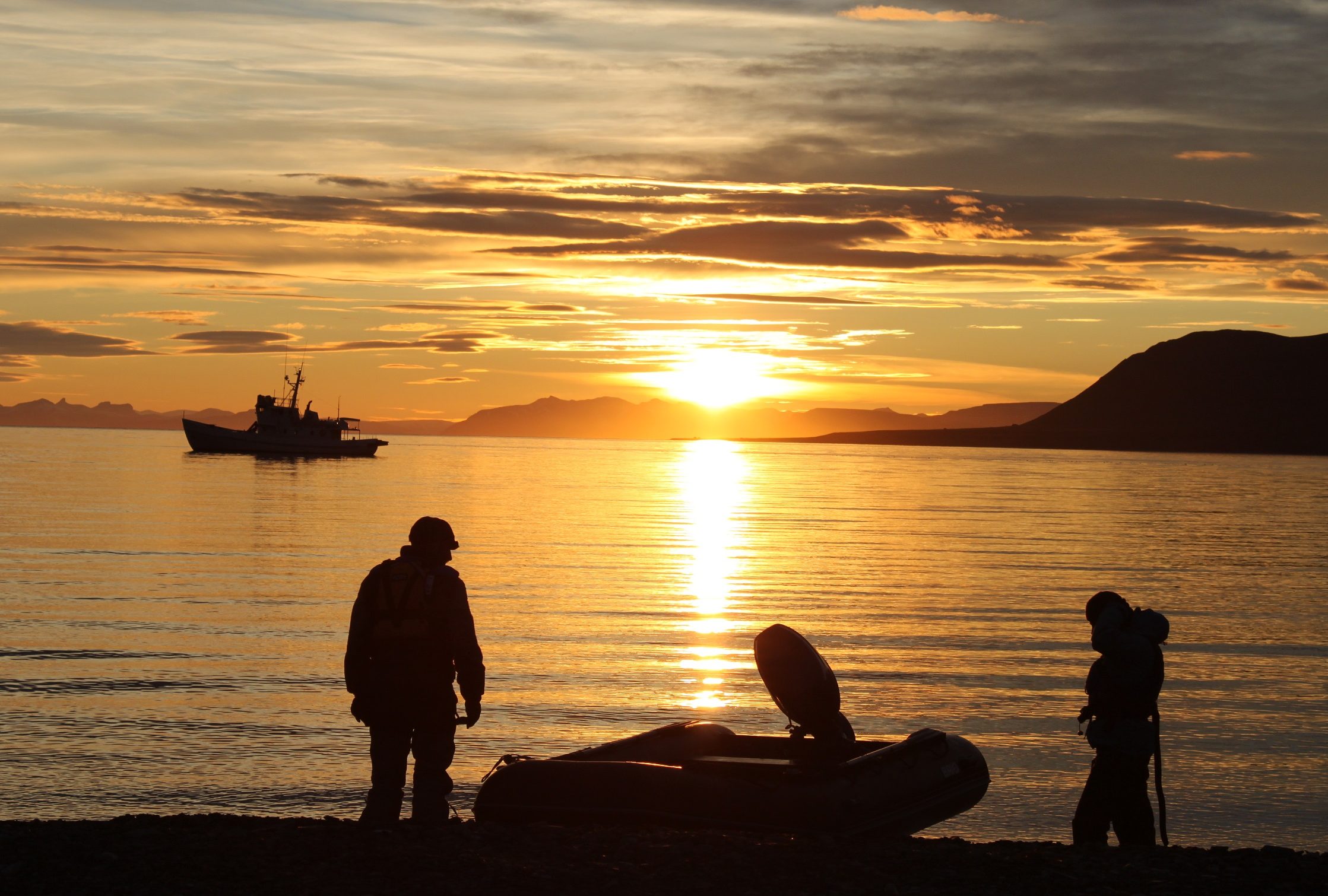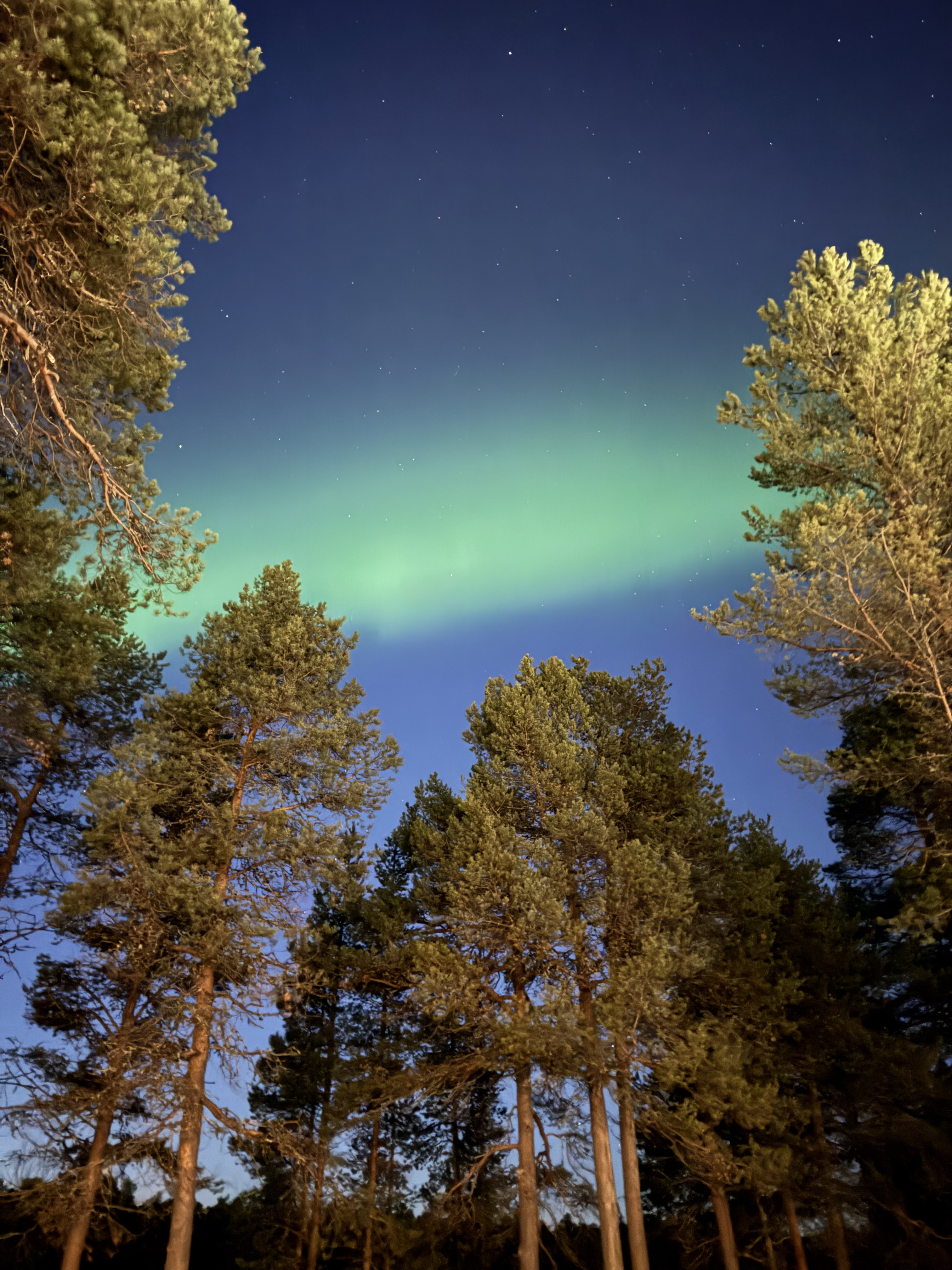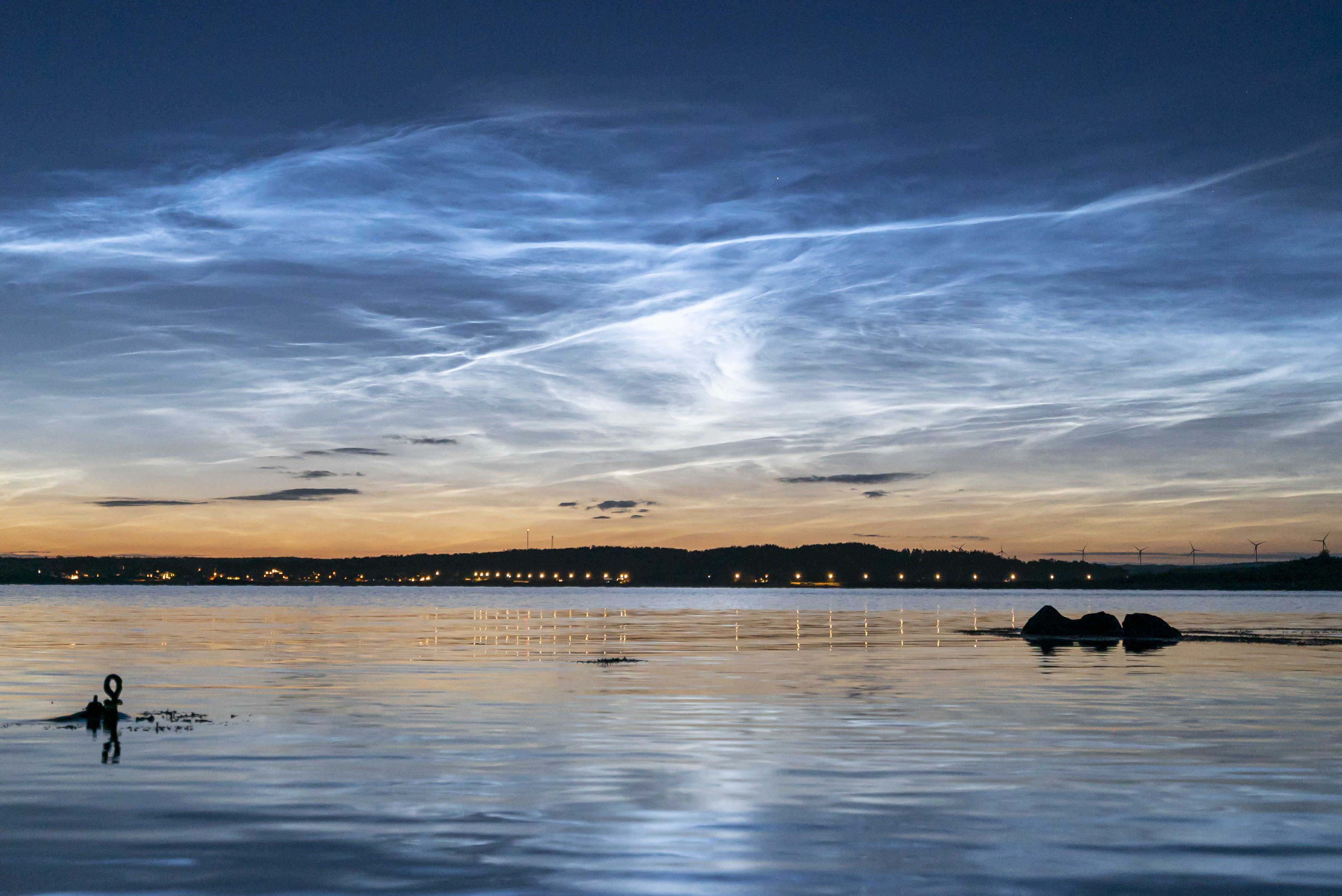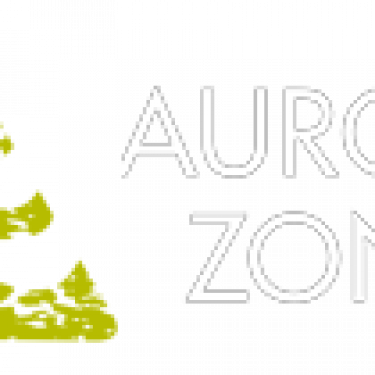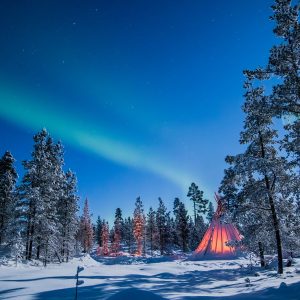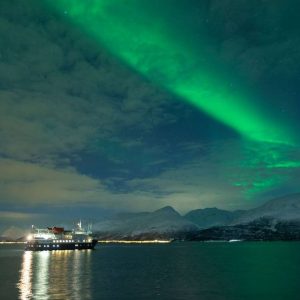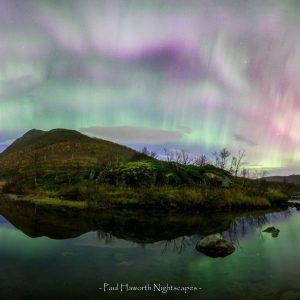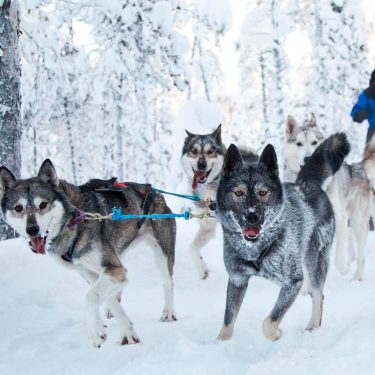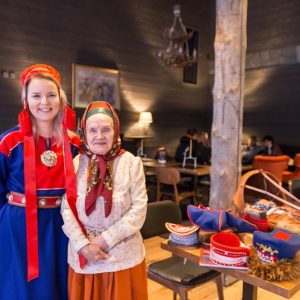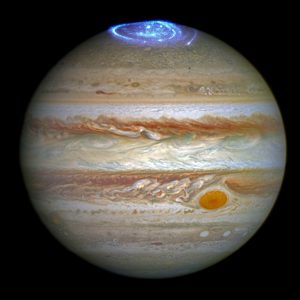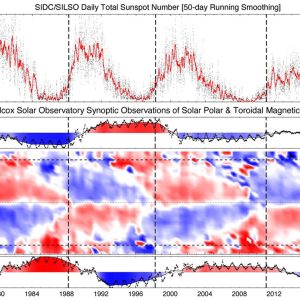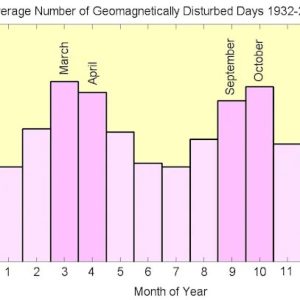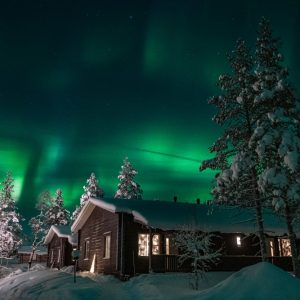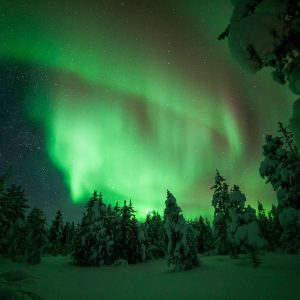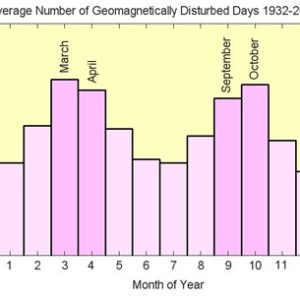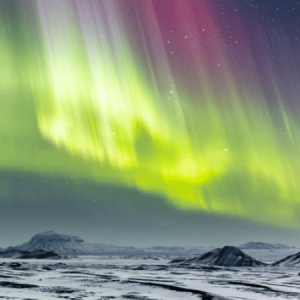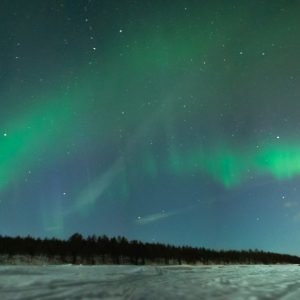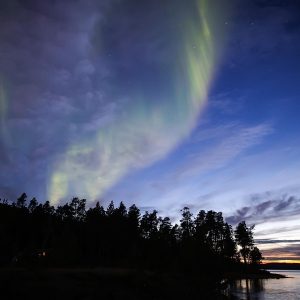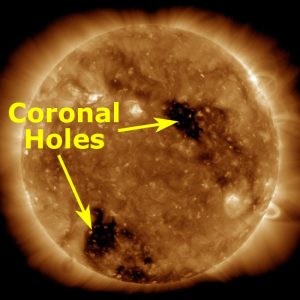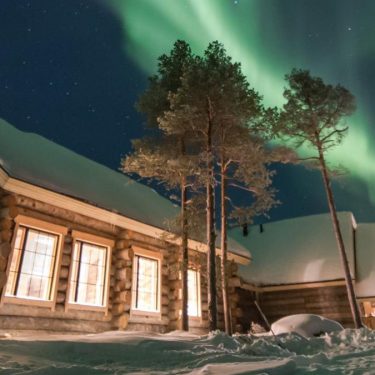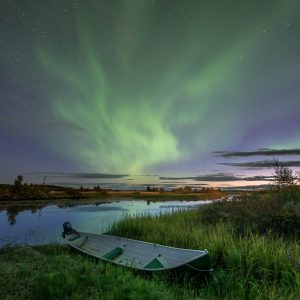The Northern Lights have made the headlines throughout February and March this year, with spectacular displays observed at our holiday destinations in the Arctic Circle.
The displays were so strong, they were even seen on the horizon across the UK.
But did we know this was going to happen and why?
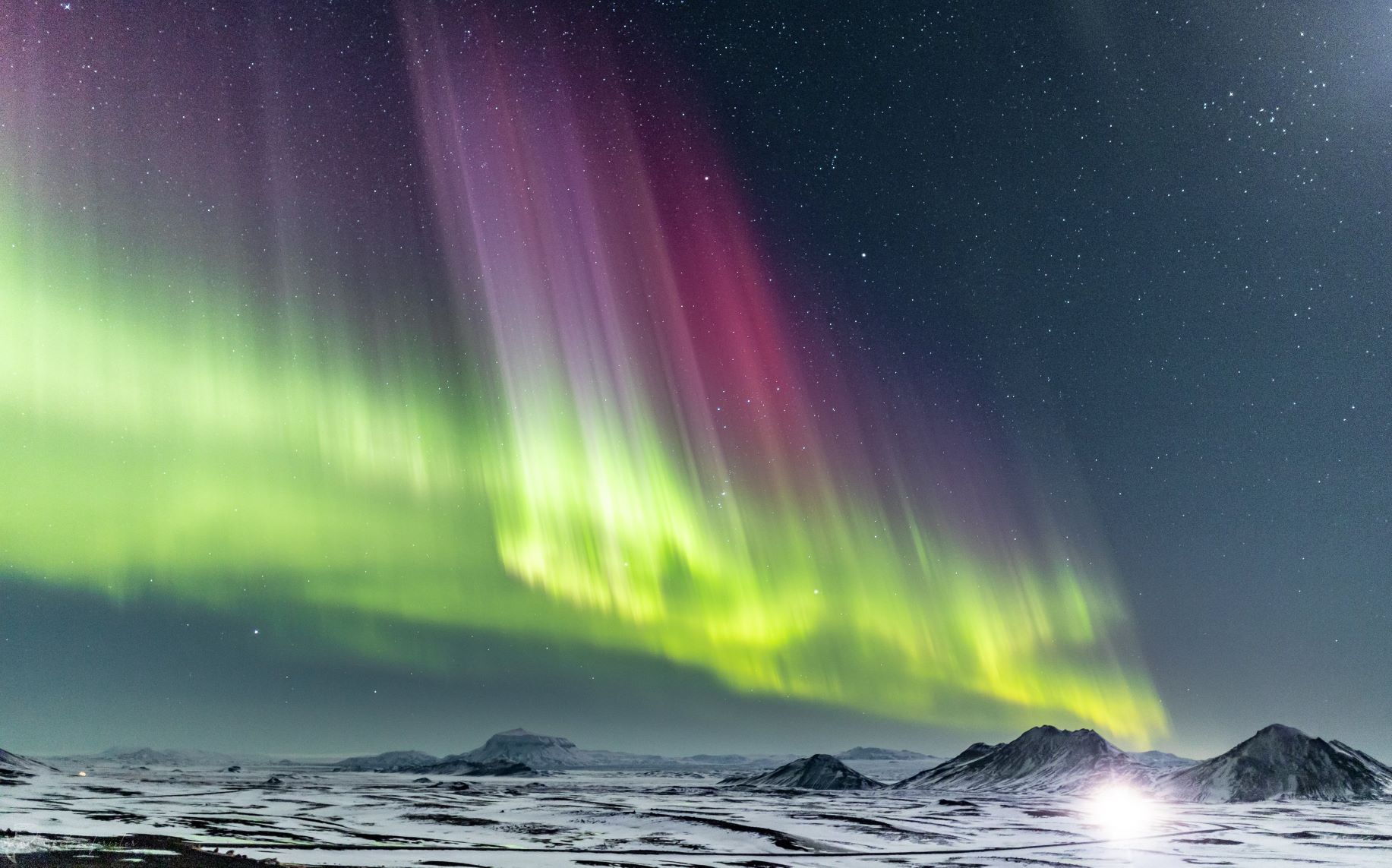
Credit – Peter Forister
When predicting the aurora, scientists can make educated guesses or forecasts depending on how active our Sun is. Space weather is now forecasted and just like our weather forecasts, there are many different components when it comes to making a prediction. One of the most important components is the solar wind, how strong it’s flowing in our direction and how dense it is. If the solar wind is slow (around 300 meters per second) and not very dense (under 10 p/cm3), forecasters can safely predict that any displays of the northern lights will be confined to the higher Arctic regions. This is why we choose locations within these regions because even if the activity is low, there is still a great chance of seeing it on one of our breaks.
On the flipside, when the Sun releases a solar flare or a coronal mass ejection (CME), the solar wind changes. A solar flare or a CME is an eruption of mass from an active region on the Sun, most probably from a collection of sunspots. These eruptions release plasma made up of magnetically charged particles, the same particles that make up the solar wind. The speed and density of the solar wind can then increase dramatically and this what creates the aurora borealis around the polar regions of the Earth.
These eruptions are now more common due to the Sun being in a period of increasing activity.
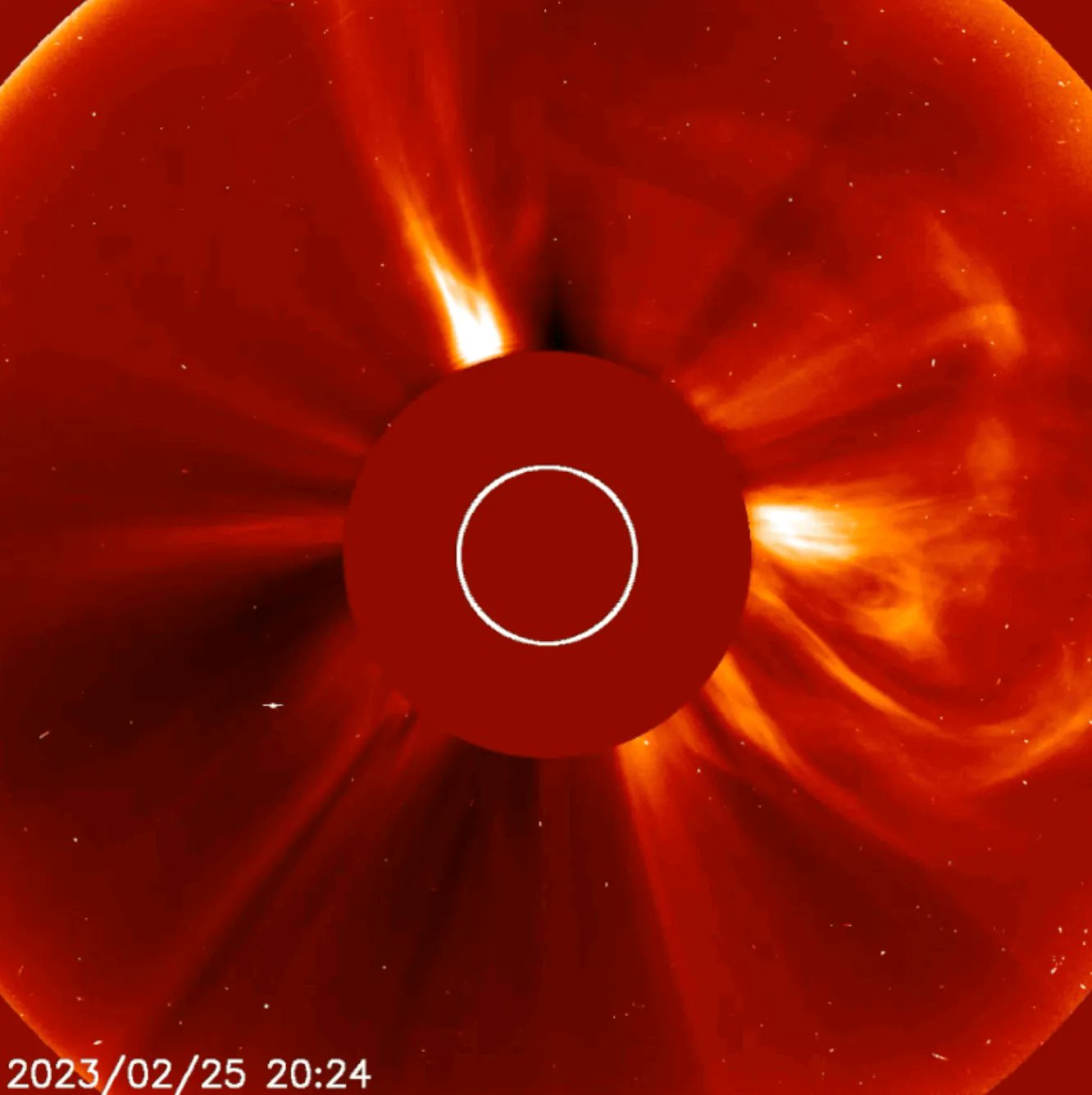
If the eruption is facing the Earth, these particles will take 1-3 days to reach our planet, depending on the speed of the solar wind, this gives some predictability and the ability to create a forecast. Once they reach Earth, they either deflected or attracted to our magnetic field depending on its orientation between north facing or south facing. If our magnetic field flips northwards, most particles are deflected over and away from the Earth. If the magnetic field is southerly facing, the particles are then more likely to connect with our magnetic field and be filtered down to the polar regions.
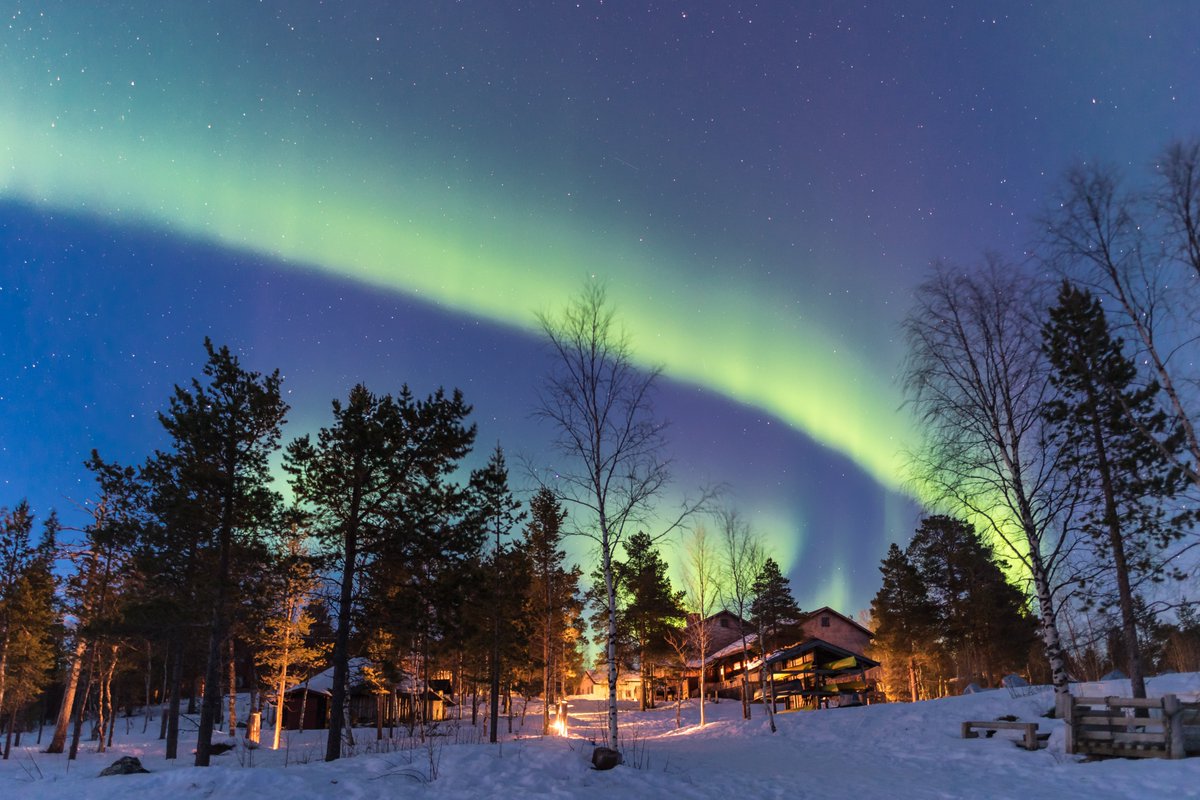
Credit – Matthew Robinson
Once this happens, the particles interact with Oxygen and Nitrogen molecules in our atmosphere and give those molecules energy, which they don’t like. That given energy is then released by the molecule and the biproduct is a wavelength of light, red and green light if it’s an Oxygen molecule, purple and blue if it’s Nitrogen. The denser or stronger the solar wind, the more these interactions will happen.
In February, the Sun launched several solar flares in the Earth’s direction. Forecasters looked at computer models from Sun observing satellites and predicted that an extended period of geomagnetic activity would occur in the atmosphere of the Earth which in turn means a higher probability of seeing the aurora and more likely that it’s visible from lower latitudes like the UK.
So just like with the weather on our planet, we use our scientific knowledge to make predictions on geomagnetic activity, because it can be harmful to our technological infrastructure. The displays of the Northern Lights at the end of February were predicted and produced some spectacular displays for our guests, this continues into March with the Spring Equinox also being one of the best times to the Northern Lights in the Arctic Cricle and throughout Scandinavia.
Talk to one of our travel experts today and get a tailored quote for your next adventure!






